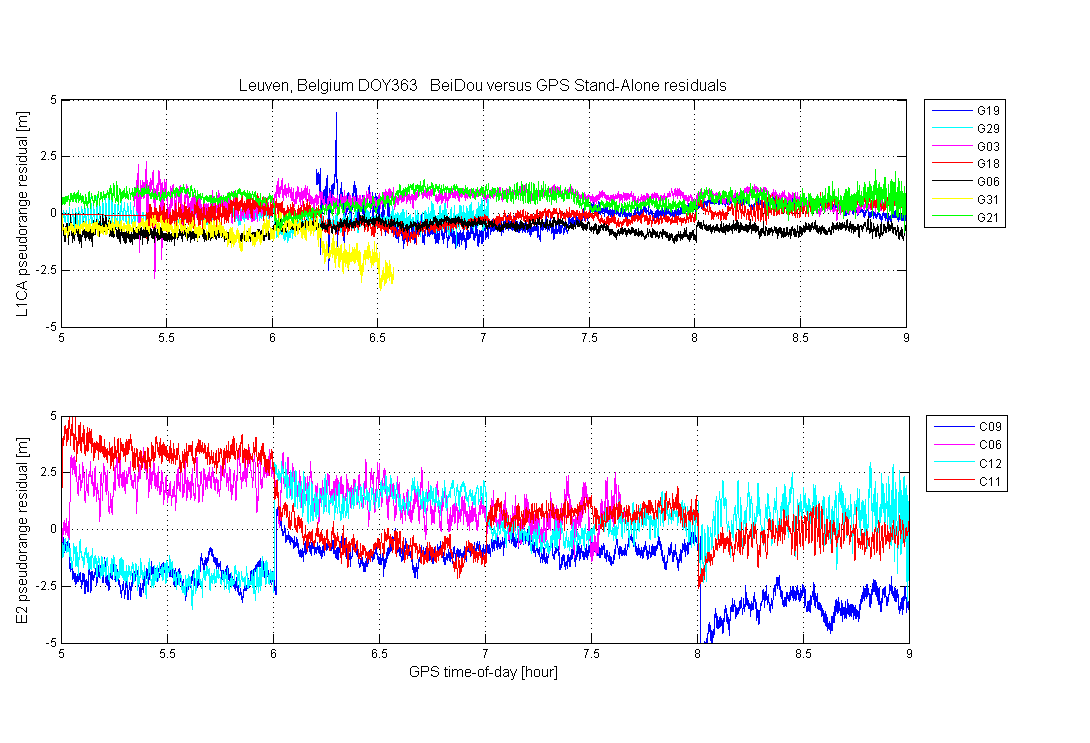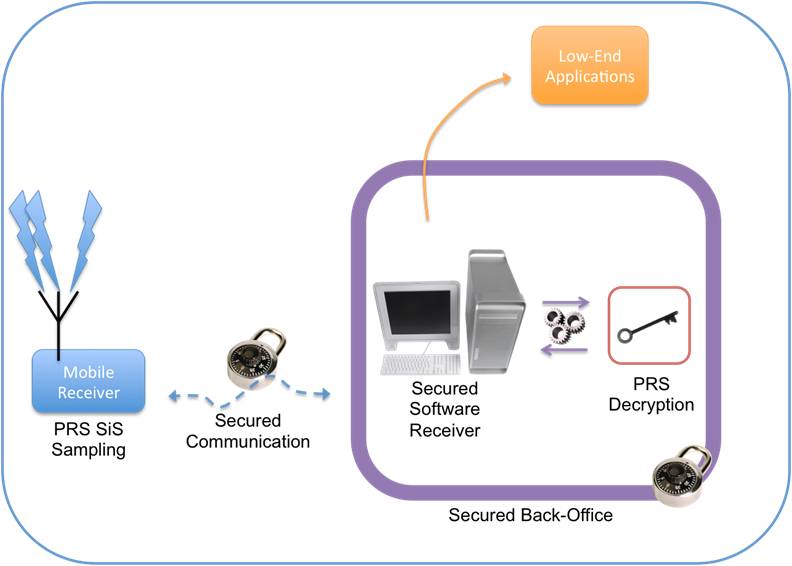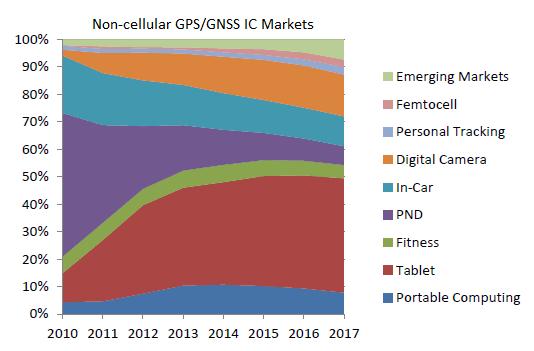UK Drops Patent Efforts on GPS, GNSS Signal Design
 Philip Dunne, UK Defense Minister for Equipment, Support, and Technology. Wikimedia Commons photo
Philip Dunne, UK Defense Minister for Equipment, Support, and Technology. Wikimedia Commons photoThe United States and United Kingdom announced today (January 17, 2013) that the British government would end its efforts to obtain patent or intellectual property (IP) rights related to GPS.
By Inside GNSS













